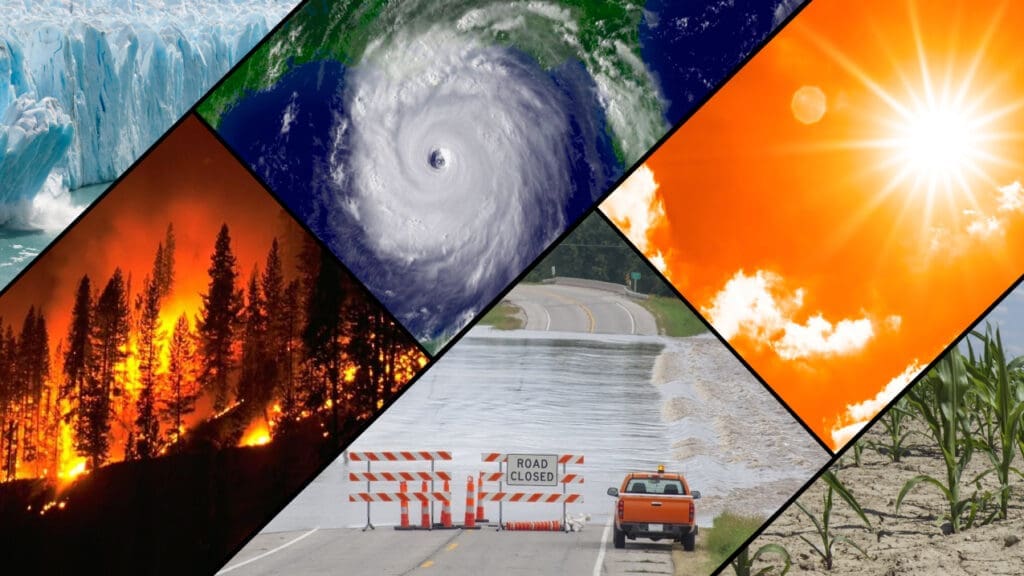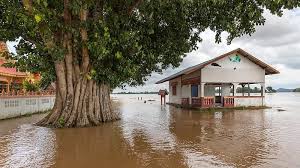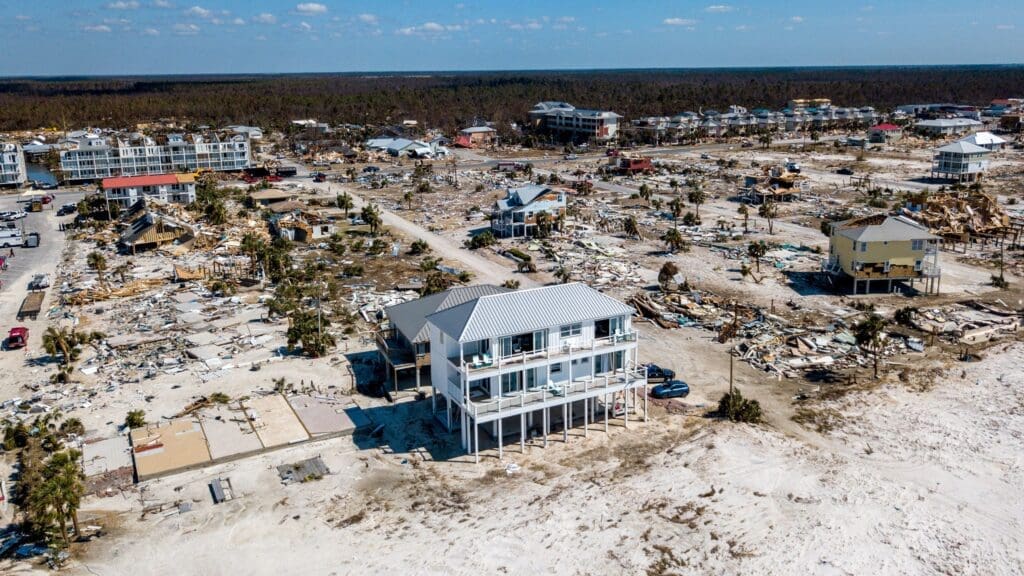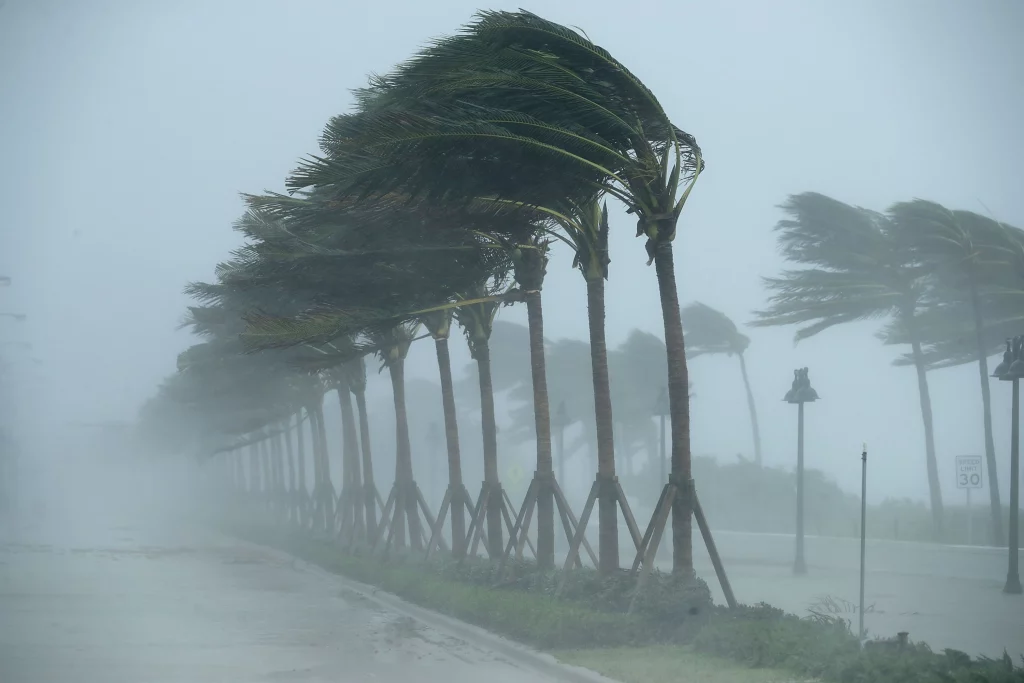Climate change has emerged as a critical global issue, significantly impacting weather patterns and leading to an increase in the frequency and intensity of violent weather events. Among these events, hurricanes stand out as particularly devastating, posing severe threats to both lives and properties. This article delves into the intricate relationship between climate change and violent weather, highlighting the escalating risks and the role of protective measures like hurricane shutters in ensuring resilient homes.


Understanding the Impact of Climate Change on Violent Weather
Climate change is primarily driven by human activities, such as the burning of fossil fuels and deforestation, which release greenhouse gases into the atmosphere. These gases trap heat, causing a warming effect known as global warming. As the Earth’s temperature rises, it disrupts established weather patterns, leading to more frequent and intense extreme weather events.
1. **Rising Sea Levels:**
– One of the consequences of global warming is the melting of polar ice caps and glaciers, contributing to rising sea levels. Higher sea levels increase the potential for storm surges during hurricanes, amplifying the destructive impact of these events on coastal areas.
2. **Warmer Ocean Temperatures:**
– Hurricanes draw their energy from warm ocean waters, and as sea surface temperatures rise due to climate change, hurricanes have access to more energy. This results in an increased likelihood of hurricanes reaching higher categories and causing more significant damage when they make landfall.
3. **Changes in Atmospheric Conditions:**
– Climate change alters atmospheric conditions, leading to changes in wind patterns and precipitation. These changes can influence the formation, intensity, and tracks of hurricanes, making it challenging to predict their behavior accurately.
4. **Increased Rainfall and Flooding:**
– Warming temperatures also lead to an increase in the amount of moisture the atmosphere can hold, resulting in heavier rainfall during hurricanes. This elevated precipitation contributes to flooding, causing extensive damage to homes and infrastructure. While shutters are not watertight, they can provide a vital barrier against wind driven rain- reducing infiltration in some studies by over 80%.

The Role of Hurricane Shutters in Mitigating Risks
Given the escalating threats posed by climate change-induced violent weather, it becomes imperative for homeowners to adopt effective protective measures. Hurricane shutters stand out as a critical component in fortifying homes against the destructive impact of hurricanes and tropical storms.
1. **Physical Protection:**
– Hurricane shutters act as a physical barrier, protecting windows and doors from flying debris propelled by strong winds during a hurricane. By preventing these projectiles from breaching the home’s envelope, shutters significantly reduce the risk of structural damage.
2. **Minimizing Water Infiltration:**
– The high winds and heavy rainfall associated with hurricanes can lead to water infiltration through vulnerable entry points like windows and doors. Hurricane shutters provide a mechanical barrier, minimizing the risk of water damage from wind driven rain to the interior of the home.
3. **Preserving Interior Contents:**
– Beyond structural protection, hurricane shutters play a crucial role in safeguarding valuable possessions and interior contents. The barrier they create helps prevent damage to furniture, electronics, and other belongings by keeping them shielded from the elements.
4. **Enhancing Home Resilience:**
– Investing in hurricane shutters contributes to overall home resilience, allowing homeowners to withstand the impact of violent weather events more effectively. This resilience is essential in the face of increasing climate-related risks.
Addressing Common Concerns About Hurricane Shutters
While the benefits of hurricane shutters are evident, potential users may have concerns or misconceptions that hinder their adoption. Addressing these concerns can help individuals make informed decisions about implementing this crucial protective measure.
1. **Cost Considerations:**
– Some homeowners may be hesitant due to perceived costs associated with installing hurricane shutters. However, when compared to the potential costs of repairing or replacing windows and dealing with interior damage after a hurricane, the initial investment in shutters proves to be a cost-effective and prudent choice. Check out our Cost Calculator to see the approximate cost of hurricane shutters on your property.
2. **Aesthetics and Design:**
– Concerns about the impact of shutters on the home’s aesthetics can be addressed by choosing from a variety of designs and materials that complement the architectural style. Modern hurricane shutters (especially our rated Bahama Shutters and Colonial Shutters) are available in aesthetically pleasing options, ensuring that protection does not come at the expense of visual appeal.
3. **Ease of Use:**
– Advances in technology have made contemporary hurricane shutters easy to operate. Whether manual or motorized, these shutters can be quickly deployed when needed, providing a convenient and accessible solution for homeowners.
4. **Adaptability to Various Home Types:**
– Hurricane shutters are adaptable to different types of homes, including single-family houses, multi-family buildings, and commercial structures. This versatility makes them a practical choice for a wide range of property owners.

As climate change continues to reshape the dynamics of our environment, the frequency and intensity of violent weather events like hurricanes are on the rise. It is crucial for individuals to recognize the escalating risks and take proactive steps to protect their homes and loved ones. Hurricane shutters emerge as a fundamental element in this strategy, offering a practical and effective solution to fortify homes against the destructive impact of hurricanes and tropical storms.
In conclusion, the relationship between climate change and violent weather underscores the urgency of adopting resilient measures. Hurricane shutters not only provide physical protection but also contribute to overall home resilience, mitigating risks associated with the changing climate. As individuals, communities, and nations grapple with the challenges posed by a warming planet, investing in protective measures like hurricane shutters becomes a critical step in adapting to the evolving climate and ensuring the safety and well-being of future generations.

